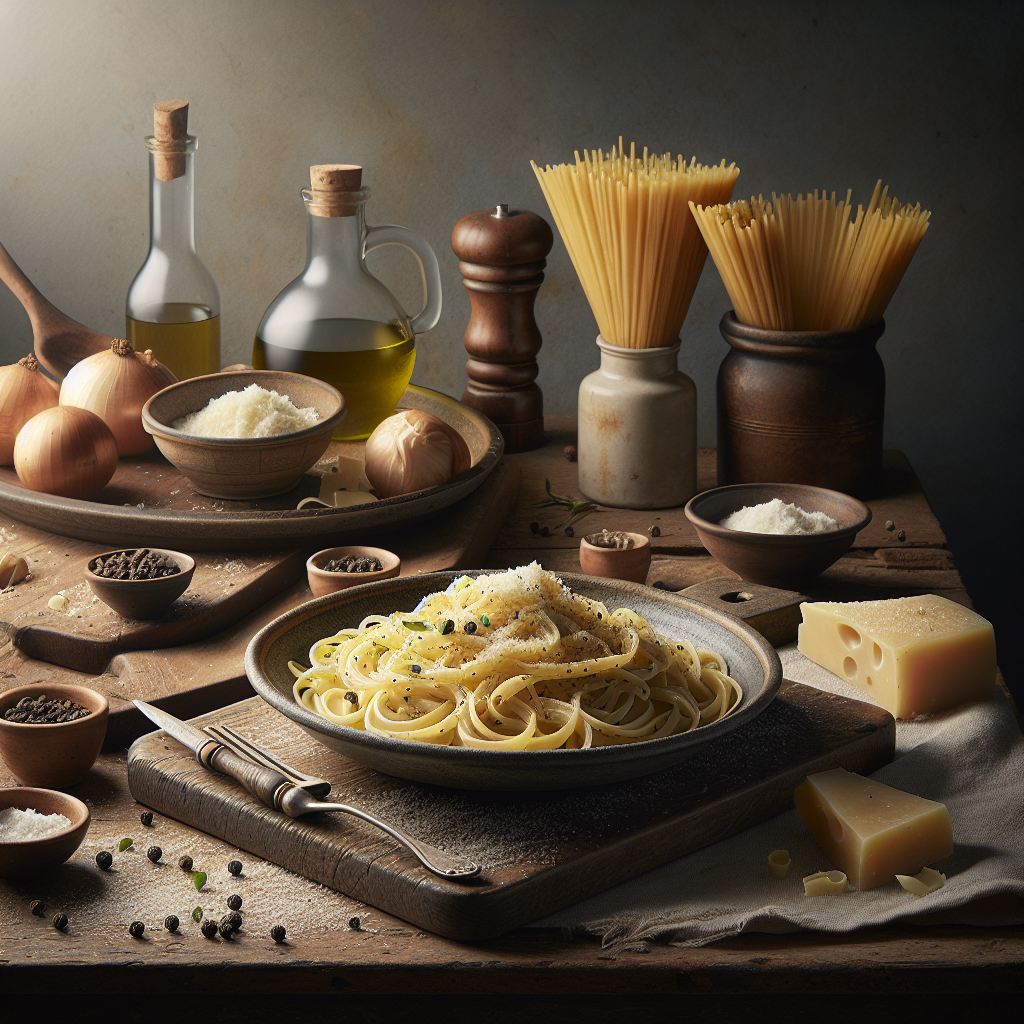The Real Taste of Rome: The Cacio e Pepe Controversy

The Cacio e Pepe Controversy
Few dishes are as emblematic of Roman culinary tradition as Cacio e Pepe. Recently, this classic pasta dish found itself at the center of an unexpected culinary controversy, prompting a BBC Apology to Italian cuisine aficionados worldwide.
The Authentic Cacio e Pepe Recipe
Cacio e Pepe is a minimalist’s dream: just pasta, Pecorino Romano cheese, and ground black pepper—no butter, no cream. It’s this simplicity that makes the dish both humble and exquisite. Each ingredient plays a crucial role in creating a harmonious, creamy sauce without overwhelming the palate.
BBC’s Recipe Mishap
The recent uproar began when the BBC presented an alternative version of Cacio e Pepe, which included butter—a far cry from what Romans consider authentic. This addition, albeit intended to enhance the creamy texture of the dish, didn’t sit well with traditionalists and led to a public outcry from Italian food enthusiasts.
The Apology Heard Around the World
In response to the outcry, the BBC issued an apology, acknowledging the misrepresentation of this beloved Italian dish. For many Italians and Italian cuisine purists, this was not just about culinary authenticity; it was about preserving cultural heritage.
Embracing Authentic Italian Cuisine
The Cacio e Pepe incident invites us to deep dive into the essence of Italian Cuisine. If you’re eager to explore more about its diverse and rich traditions, visit our detailed guides at ItalianFood.Guide.
The Cacio e Pepe controversy serves as a reminder of how food can ignite passionate conversations and highlight cultural uniqueness. As we navigate the world of culinary arts, let’s savor each dish as a piece of its origin’s story.
Italian Food Culture
Follow us on your favorite social network and keep exploring stories, history and traditions of Italian cuisine.




